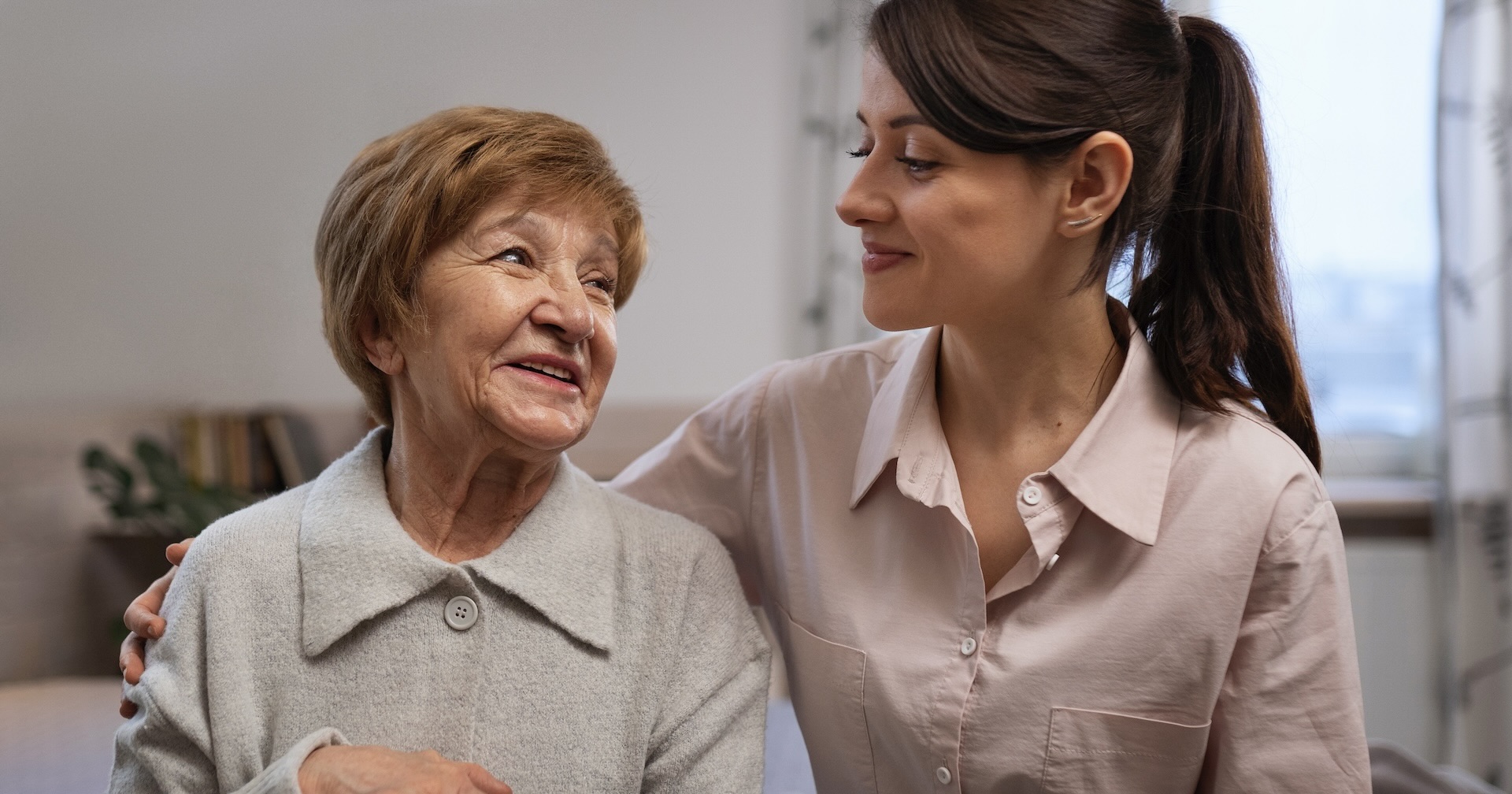How to prepare for a live‑in care placement at home

Choosing live‑in care for a loved one is a big step - one that can provide comfort, independence, and peace of mind. But to make it work well, the home needs to be set up thoughtfully for both the person receiving care and the carer. At Gladys, we support families in Bath, Bristol, Bournemouth and across the South West to arrange live‑in care. Here’s a practical guide on how to prepare your home for a live‑in carer.
Create Space & Privacy for Your Live-In Carer
A live‑in carer will be spending significant time in your home, so it’s important to create a space where they feel welcome and comfortable.
One of the first questions families ask is: “What do I need to provide for a live-in carer?”
The answer is simple: a comfortable, private space. Think of it as preparing a guest room — but one that helps someone recharge after long days caring for your loved one.
- Dedicated Bedroom: Provide a clean, furnished room with a bed, wardrobe, and storage space. Ideally, the carer should also have access to a private or shared bathroom.
- Wi‑Fi Access: Reliable internet helps carers stay connected with their own families during breaks.
- Boundaries and Privacy: Make sure both the family and the carer agree on which spaces are private versus shared.
In Bath and Bournemouth, where many homes are period properties, think about practical upgrades such as blackout curtains or a small desk if space allows.
In Bristol and Bath, where many homes are older, we’ve seen families transform spare rooms or offices into cosy carer bedrooms with small desks and good lighting.
Security, Accessibility, and Routines
Safety is at the heart of good care. Preparing the home not only protects your loved one but also helps your carer support them with confidence.
- Home Safety Checks: Remove trip hazards, ensure good lighting in hallways, and consider grab rails in bathrooms.
- Accessibility: If your loved one has mobility issues, a downstairs bedroom or stair lift may make life easier.
- Emergency Procedures: Make sure carers have access to house keys, alarms, and contact numbers for emergencies.
- Routines: Share important daily routines, such as meal times, medication schedules, and preferred activities.
Families in Bristol and Bath often ask whether carers should have their own keys — the answer is yes, so they can safely support your loved one at all hours.
Think About Layout & Daily Life
Making small adjustments to the home’s layout can make a big difference. A live-in carer is part of the household, but everyone needs their own rhythm. Planning the layout and routines in advance helps avoid tension.
- Bedroom: Ideally, position the carer’s room near (but not directly next to) the client’s to allow quick access if needed while preserving privacy.
- Bathroom: If no spare bathroom is available, agree on shared use and schedule times to avoid conflict.
- Living Areas: Create a quiet shared space where the carer and your loved one can enjoy companionship without feeling “on duty” 24/7.
- Kitchen: Ensure carers have space for their own food and clear guidance on any meals they’re expected to prepare.
One family in Frome set up a small shared snug where their mum and her carer could watch TV together — but the carer could also step away when off shift.
Communication is key. Agree on Routines & Expectations
Open communication is the key to a successful live‑in care arrangement. Take time early on to talk through:
- House Rules: Discuss expectations around visitors, TV use, smoking/vaping, and quiet hours.
- Daily Check‑Ins: Set a regular time (perhaps after breakfast) to review the day’s plan.
- Feedback Loop: Encourage carers to share updates on your loved one’s wellbeing, and give them the chance to raise any concerns.
- Family Involvement: Agree on how often family will visit or check in so the carer feels supported, not isolated.
A “Welcome Guide” for carers, a simple folder covering emergency contacts, routines, and house notes, could prove very helpful.
Understand Costs & Sustainability
Live-in care in Bath, Bristol, and Bournemouth typically costs £140–£170 per day (plus food and accommodation for the carer). While this can feel like a big commitment, many families find it more affordable than a care home when compared over time — especially when factoring in independence, comfort, and personalised attention.
Funding options may include:
- Attendance Allowance
- Personal Independence Payment (PIP)
- Local authority contributions
- Private funding combined with family support
Final Thoughts
Preparing your home for a live‑in carer may take some planning, but the rewards are worth it: peace of mind, a safe environment, and the chance for your loved one to stay in the comfort of their own home.
If you’re in Bath, Bristol, Bournemouth, or the surrounding South West, Gladys can help match you with a kind, qualified carer - and guide you every step of the way in preparing your home.

